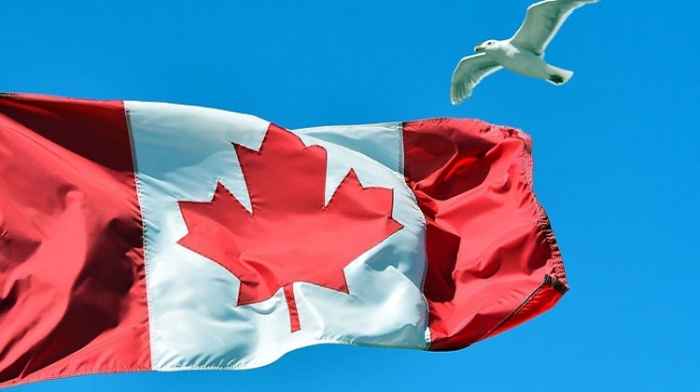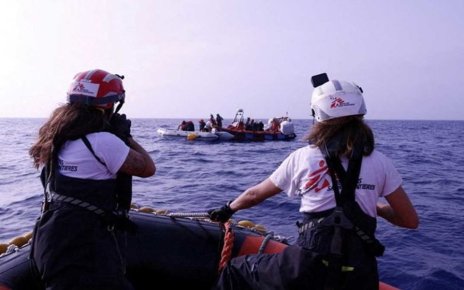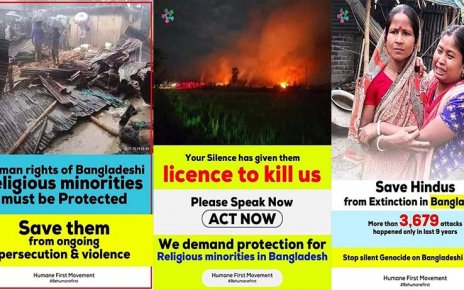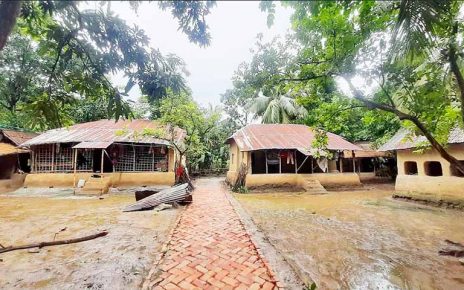About Canada and its 157th birth anniversary of confederation ||||| Bidyot Bhowmik
Happy Canada Day to all of you. Canada is celebrating her 157th anniversary of the Confederation across the country on 1st July 2024 what is regarded as the birthday of Canada as a country. According to British North America Act (known as BNA Act), the birth of Canada known as Confederation of Canada came into being on 1st July, 1867 with only four provinces namely Quebec, Ontario, Nova Scotia and New Brunswick. Over the years since Confederation, Canada has seen numerous territorial changes and expansions, resulting in the current total number of ten provinces and three territories making Canada the 2nd largest country on earth. Jack Cartier discovered Canada in 1534. The first Prime Minister of Canada was Sir John A. Macdonald. Canada is a very developed country in North America, located to the north of the United States of America (U.S.A.). Its land reaches from the Atlantic Ocean in the east to the Pacific Ocean in the west and the Arctic Ocean to the north. Canada has the world longest coastline and is the only vast country on earth to touch three vast oceans. Canada has six time zones because of Canada’s vast size as a country. Canada has ten provinces and three territories making it the 2nd largest country in terms of area on earth after Russia. Canada has a total area of 9.98 million square kilometers or 3, 855,100 square miles. The area of Canada is so vast that it is more than 3 times bigger than India and 69 times bigger than Bangladesh.
The motto of Canada is “From Sea to Sea.” The national anthem of Canada starts with “O Canada! Our home and native land!…..”The present Prime Minister of Canada is Justin Trudeau. Canada is a federal parliamentary democracy and a constitutional monarchy with King Charles the 3rd as its Head of State. Before Queen Elizabeth the 2nd the queen of Great Britain was also the Head of State for Canada for 70 years. The head of state is King Charles the 3rd is also officially the King of Canada. He appoints a Governor General to represent him in this great country Canada, however, the choice of Governor General is made by the prime minister in consultation with the King. The name of the present governor General is Mary Simon. The head of government in Canada is called the Prime Minister. The current prime minister is Justin Trudeau who came to power in October 2015.
Each province and territory in Canada have a premier to lead its government. The day-to-day operations of the government are run by the cabinet or ministers. The cabinet is usually formed from the largest party in Parliament. There are five main parties in the Canadian Parliament: The Liberal Party, the Conservative Party, the New Democratic Party, the Bloc Quebecois and the Green Party. Canada’s population touched a record high of 40.77 million in 2023, largely driven by temporary immigration, Statistics Canada said on Wednesday, the 27th March 2024. The country added 1.27 million people in 2023, up 3.2% from the previous year – marking the highest growth since 1957. The influx of immigrants has been blamed for a housing shortage that has pushed up house prices and sent affordability to new lows, hurting Prime Minister Justin Trudeau’s approval ratings. The population growth has also pulled down the country’s gross domestic product per capita figures as seen in the last quarter as well as productivity levels, economists and the Bank of Canada have said. Canada’s population is approximately 40.77 million (Estimated March, 2024).
Canada has a highly developed mixed market economy, with the world’s 9th largest economy as of 2023, and a nominal GDP of approximately US$ 2.221 trillion. It is one of the world’s largest trading nations, with a highly globalised economy. Canada’s Gross Domestic Product (GDP) (PPP) is $2.472 Trillion Dollars($US) (estimate 2024). Canada’s Per capita annual income is approximately $60,695 thousand dollars according to Purchasing Power Parity (P.P.P).
Canada has five distinct and geographical regions or areas where the provinces or territories are geographically located. For example, 1. the Atlantic Canada or maritime provinces are Newfoundland and Labrador, Nova Scotia, New Brunswick and Prince Edward Island; 2. Central Canada has Quebec and Ontario; 3. The Prairie Provinces are Alberta, Manitoba and Saskatchewan; 4. the West Coast has British Columbia and 5. the Northern Territories are Northwest Territories, Yukon Territory and Nunavut.
Canada is one of the most developed nations on earth. An emphasis on social justice has been a distinguishing element of Canada’s political culture. Democracy, peace, order, good government alongside an implied bill of rights are founding principles of the Canadian government. Canada ranks among the highest in international measurements of government transparency, civil liberties, quality of life, economic freedom, and education. Canada is a member of the Commonwealth of Nations, a member of the Francophonie countries etc.. Canada is also part or member of several major international and intergovernmental institutions or organizations including the United Nations, the North Atlantic Treaty Organization (NATO), the G-7 most industrialized developed countries, the Group of Ten, the G20-economicaly advanced countries, the North American Free Trade Agreement (NAFTA) and the Asia-Pacific Economic Co-operation (APEC) forum. Canada’s Capital is Ottawa. Toronto is the largest city in Canada. Montreal is the 2nd largest city in Canada. Quebec is the largest province in Canada which is about ten times bigger than Bangladesh. Price Edward Island is the smallest province in Canada. Canada has two official languages: English and French. I love my motherland Bangladesh where I was born. I love Canada where I have been living with my family for many years. Thank you very much.
Information: Taken from different online sources
Writer, columnist and advisor to CBNA, 30th June, 2024

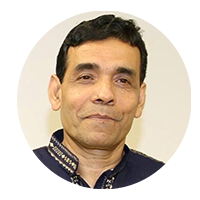 Bidyot Bhowmik
Bidyot Bhowmik
